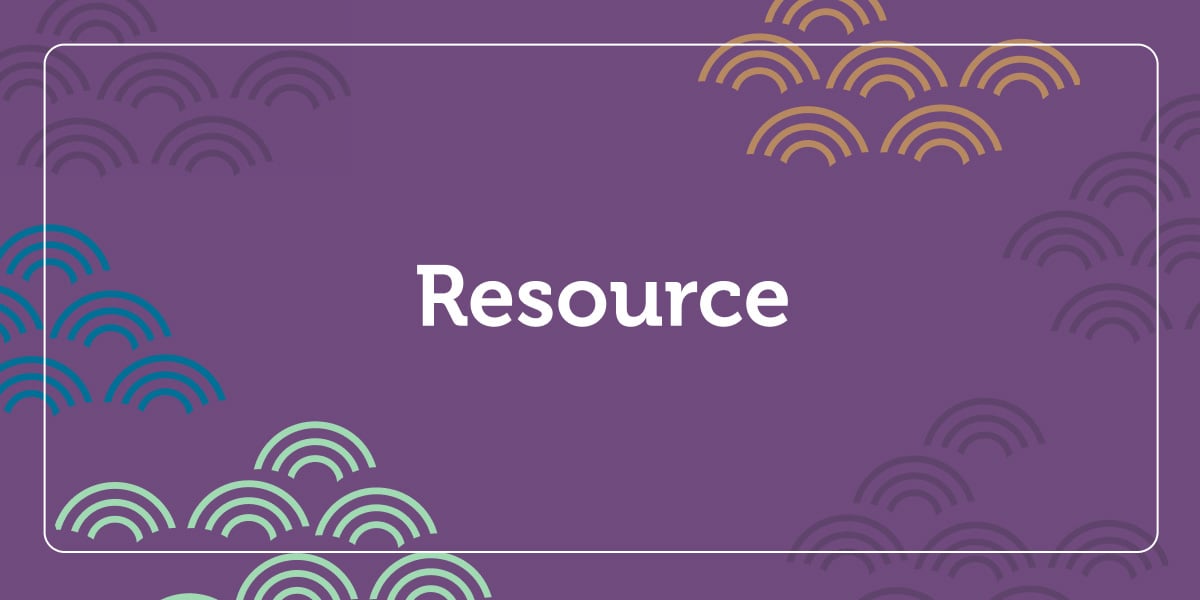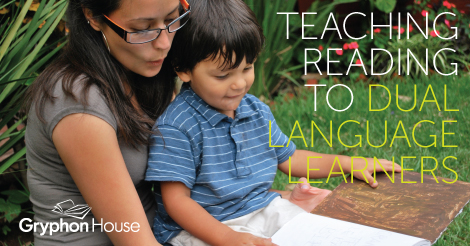

School can be difficult for young children. It’s a new place with new rules that may be different from the rules at home, and there is a newfound responsibility in learning in a classroom. Now imagine doing all that without understanding what people are saying! DLL students—(or dual language learners)—struggle with this issue every day. Some may speak an entirely different language at home while others may be experiencing multiple languages at once. Children come into the classroom with various backgrounds in language, and this diverse linguistic experience can make learning frustrating and confusing.
In particular, reading can be a challenge for dual language learners. Even when a child speaks some of the dominant language—either because their parents do or because they have been immersed in it in, for instance, a daycare—they may have difficulty separating one language’s words and rules from the other. Add pronunciation rules and complex grammar systems, and reading becomes an intimidating task. Luckily, there is a growing pool of creative resources for the early childhood classroom that specifically address teaching DLL students.
Dr. Mary Jalongo’s book Literacy for All Young Learners tackles the issue from multiple angles, presenting activities that help with hearing and understanding language, expanding vocabulary, and learning to read with fluency. Below are a few strategies to help young DLL students who are struggling to read.
Literacy-Enriched Play
What is it?
Much of the learning in the early childhood period develops from dramatic play. This includes language skills. Literacy-enriched play incorporates reading into the play space, either as part of the scenery or the type of play being enacted.
What are some examples?
An example would be setting up a grocery store area and labeling different things like the food items, aisles, or cash registers. By adding and incorporating text into the play space, children are not only encouraged to read during playtime, but also to understand the meaning of the words they read. A label on a basket of pears provides a physical object to go with the letters P-E-A-R. Thus, children associate the word with the item. This is especially helpful to DLL students since they may have another word for pear and now can associate that word with the English equivalent.
Another way to incorporate literacy into play is to have the play space or activity reflect a book the class has read. This is particularly effective if the class has read the book more than once and can therefore repeat it almost by heart; a reader will already know most of the auditory words, so when they see the words on paper, they make the connection between written and spoken language. The play element is added when students act out the events with props while the teacher or a confident student read the book aloud. Here, as with the supermarket scenario, words are being directly associated with what they represent, facilitating reading and language-building.
Learning Centers and Self-Correcting Materials
What is it?
Learning centers are spaces where children can work individually or in a small group on a specific task. In literacy learning centers, activities focus on reading, writing, speaking, and listening. Centers allow students to learn specific skills while giving them the autonomy and independence to learn at their own pace and apply the skills on their own, as they would in everyday life.
What are some examples?
One literacy learning center may focus on matching words that mean the same thing in different languages. Imagine it like a game of Memory: about twelve index cards lay face down, and students must flip them over two at a time and try to find the matching pairs. Half the cards would be written in the dominant language of the classroom while the other half would be in the child’s first language. For example, one matching set may be perro and dog; another may be leche and milk. This setup helps DLL children practice their literacy skills as they read the words on the cards. It also helps build vocabulary since they create a concrete connection between words in their familiar language and their alternative-language.
Another more grammar-based center is a game in which children must match an action word to an image of that action. In this game, verbs using –ing or –ed endings would be listed in both languages on a single card (e.g. running and corriendo would be on the same card). Students would match those cards with the ones depicting that action. Seeing the two words next to one another and then attaching them with an image would help reinforce tense rules and illustrate how, though the word is spelled differently, it refers to the same action as its unconjugated form. An even more effective technique is including self-correction. If the matching cards are marked on the back the same way, children can check to see if they have matched the right things. Self-correcting materials encourage children to judge their abilities themselves and makes them more determined to get it right, even if they fail the first few times.
Easy Readers
What is it?
Easy Readers are, in short, easy-to-read books. Their stories are often told using simple sentences or specific vocabulary words, which make it easier for struggling children to follow the story. These are especially handy for Dual Language Learners since the simple sentences demonstrate the building blocks of language: basic sentence structure, grammar rules, or common terms.
What are some examples?
One example of an Easy Reader book is Good News, Bad News by Jeff Mack. This book teaches the words good and bad by showing detailed pictures labeled, appropriately, “good news” or “bad news”. The repetitive structure and images reinforce the concepts of positive and negative events, and it is easy for children to pick up the pattern and read the words on their own. The pictures work almost as a self-correcting mechanism too; if a child is struggling and thinks they read good news, they can check the image and see if anything good is happening. If it is, then they read it correctly. If it isn’t they know they misread the word and to try again.
A way to supplement these books is to encourage children to write their own stories imitating the book’s style. Children would describe their own good news and bad news, draw pictures of it, and label it accordingly. This aids writing skills as well as comprehension of the text. Easy Readers can vary in complexity too. Perhaps children could start with simple, two word stories like Good News, Bad News and then move into stories that use complete, yet simple, sentences. This provides a gradual progression that will not overwhelm Dual Language Learners and instead help them learn their new language naturally.
Dual Language Learners face a particularly frustrating challenge, but they need not struggle without help. These suggestions and the many others in Dr. Jalongo’s book demonstrate how new tactics can be incorporated into the classroom that facilitate reading for all children, yet offer extra help to DLL students. With a few new activities, Dual Language Learners can catch up to their classmates and learn to read as fluently as anyone else!
Author(s)Mary Renck Jalongo
Marketer. Publisher. Reporter. Educator. Mother. Runner. Explorer. Anna served as director of marketing for Gryphon House from Oct 2014 - May 2017.
Topics: